Just as with Google search, you have both free and paid-advertising promotion options with YouTube. The free ones include optimizing for YouTube search and social networking, while the paid alternative is using AdWords for video.
Now, can a marketer combine free and paid YouTube promo methods in a campaign? Of course. Moreover, if you do it the smart way, each individual method becomes more effective. For example, if your get more video views with AdWords, that will help those videos rank higher in YouTube search.
In this article I'll discuss...
- How to use AdWords for videos to promote a brand via YouTube advertising
- How to make YouTube videos visible in search (for free)
- How to effectively combine YouTube AdWords and YouTube SEO in a campaign
Using Google AdWords for Video
Announced in September 2011, AdWords for video has been gaining traction ever since. And, for many, it's no longer a matter of whether or not to use it for YouTube advertising, but how.
Luckily, doing so has just become easier. Google simplified YouTube ad formats (discontinuing TrueView in-slate ad format as of June 1, 2013), which means it has now become easier to understand what format means what, where your ads will show up, and so on.
So, here are five AdWords for video options available to YouTube advertisers today.
1. TrueView In-Search Ads
"TrueView" is simply a name for a family of YouTube ads that allow you to pay only when people choose to watch your video—hence, TrueView.
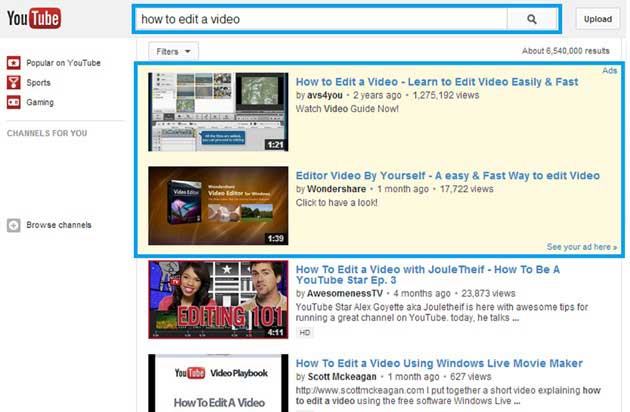
In-search ads appear in YouTube search. They are quite similar to PPC ads that show up in Google right next to "organic" search results. You pay only if viewers begin watching your video.
2. TrueView In-Display Ads
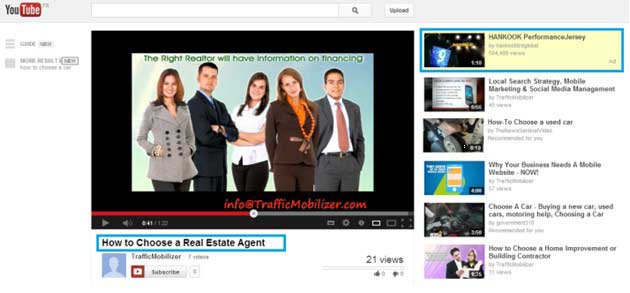
TrueView in-display ads appear as Suggested videos on YouTube (not to be confused with other types of display ads on YouTube). Again, one pays only when people begin watching the suggested video.
These ads may also show up elsewhere on the Google Display Network, depending on your settings.
3. TrueView In-Stream Ads
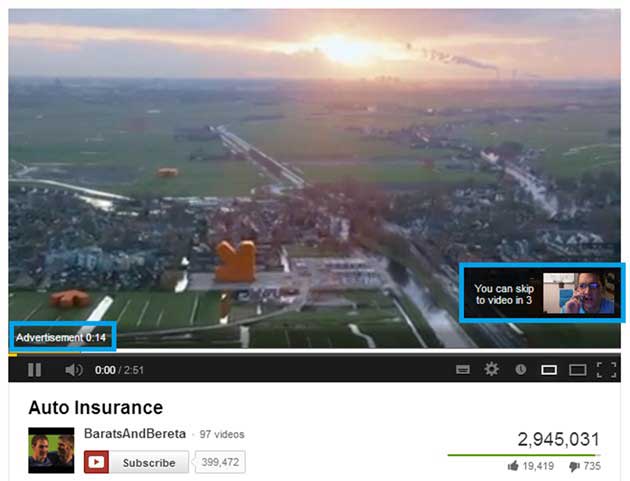
TrueView in-stream ads are pretty much like TV commercials that run before a movie or a show. They can be of any length and they normally link to the advertiser's website. They are also skippable, which means viewers have the choice to skip the commercial past the five-second mark.
You get charged if viewers watch at least the first 30 seconds of your commercial. And, again, in-stream ads are found not only on YouTube but also across the Google Display Network.
4. Standard In-Stream Ads
Standard in-stream ads are just like TrueView in-stream ones, but they are..
- Non-skippable
- Either up to 15 seconds long (for videos under 10 minutes) or up to 30 seconds long (for videos over 10 minutes).
5. Display YouTube ads
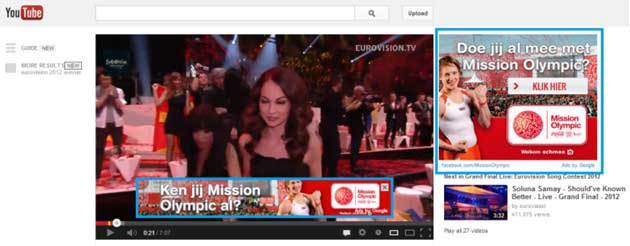
And, finally, you can purchase banners and flash banners with Google AdWords to be displayed to targeted viewers next to Suggested videos on YouTube or as an in-video overlay.
With display ads, you pay either per click or per impression.
Now, what's required to start an AdWords for video campaign? Actually, all one needs is a Google AdWords account and a YouTube channel with at least one video on it.
Tools for Google AdWords for Video
To find out what keywords and videos are popular with YouTube users (to place your ads in or near them), test them with YouTube AdWords Keyword Tool, and then see which videos rank top for the most popular keywords.
You can also check out Google's Ad Placement Tool to locate hot spots across the Google Display Network where you could place your video ads.
Can You Promote Your Brand on YouTube for Free?
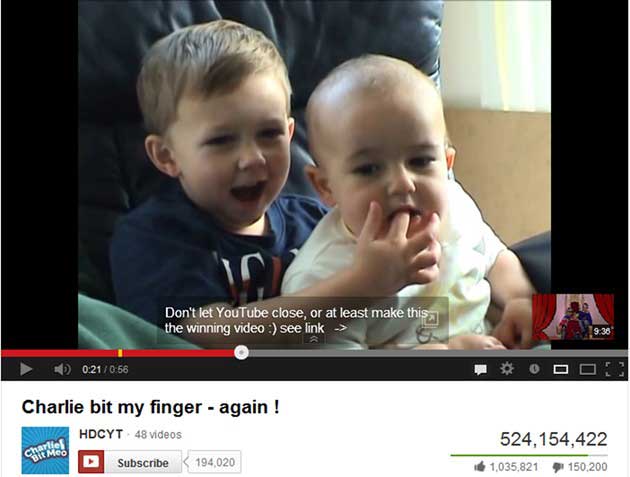
If you don't really have budget to spend on AdWords for videos, there is another way to make your YouTube videos and channel popular.
- First off, you'd need to optimize your videos for the right keywords. To discover what keywords are likely to bring traffic, you could use the already mentioned YouTube AdWords Keyword Tool.
- Then, you need to use your keywords in vital parts of your video: the title, the description, and the tag. Also, make sure your video is in the appropriate category.
- The more views, shares, and embeds your video gets (and the more of it people watch), the higher it will show up in YouTube search. So, to increase views, share it with as many people across as many other networks as you can.
- Get other vloggers' (video uploaders') attention by commenting on their videos, leaving video responses, subscribing to their channels—whatever works. What's key here is to find the right people to connect with (by keywords, related videos, categories, etc.)
- And, finally, make it easy for viewers to find your website, subscribe to your channel, or learn more about you after they watch your video. Some vloggers articulate their call to action right in the video (it actually works) or put a link to their site first thing in the video's description.
Free YouTube Promotion Tools
Use YouTube search to discover relevant videos and channels to engage with. (There are software tools like BuzzBundle that let you mass-produce your YouTube marketing efforts, enabling you to engage with more people faster.)
How to Combine YouTube SEO and AdWords With Great Results
So, if you wanted to launch an integrated SEO plus AdWords campaign for YouTube, what would you need to keep in mind?
It's all about knowing how certain SEO metrics enhance your paid ads metrics, and vice versa:
- Though not always possible, try to create multipurpose videos that can be used to promote your biz in YouTube search and to appear next to other bloggers' videos in the form of display ads. This way, the more views a video gets, the better it'll perform in both types of search.
- The title/description you assign your video in an AdWords campaign can be different from the one you create when uploading it to YouTube. So, technically, you can optimize one video for two sets of keywords, which again helps it do better in organic as well as paid listings.
- Another important area where YouTube networking can help your AdWords campaign is targeting. If you've invested time into connected with influential vloggers in your niche, you probably know which ones have great communities around their channels. This makes it easy for you to choose what channels/videos to target with paid ads.
- And, finally, you can also resort to some smart remarketing to your YouTube viewers with paid AdWords ads. If you associate your YouTube account with your AdWords account (you can link more than one YouTube account to it), Google will let you show ads to people who have viewed your videos, visited your channel, or subscribed to/unsubscribed from it in the past.
* * *
So, those are the free and paid options you have for promoting your business on YouTube. As a video site with 1 billion visitors a month these days, YouTube can really be an effective promotion platform for your biz. You need only know how to use it to the max.




